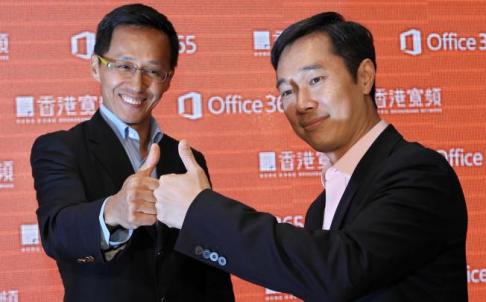Carol Wilson | greatresponder
Gartner and IDC the market analysts leading agencies; have estimated an exponential growth of the cloud computing with predictions estimating it to reach a value of $72.9bn by 2015. George DeBono, General Manager of Red Hat, Middle East and Africa, makes some predictions on what Egyptian enterprises can expect in the cloud computing space in 2013:

OpenStack demonstrates the power of community innovation.
The OpenStack Infrastructure-as-a-Service (IaaS) project is a great example of community-driven development. 2013 is going to see all that developer involvement lead to commercial product in the same way that the open source development model has led to innovative products in operating systems, middleware and countless other areas. Openness is one of the most important enablers of hybrid IT because it helps users avoid lock-in to vendors and specific ecosystems. And not just open source but openness across multiple dimensions including APIs, standards and the requirement that permission to use intellectual property, like copyrights and patents, must be granted in ways that make the technology open and accessible to the user. Openness is also about having vibrant, upstream communities that are at the heart of the innovation that the open source development model makes possible.
Security becomes more consumable.
If you pay any attention whatsoever to tech press coverage and IT industry analyst reports, you know that security concerns about “the cloud” (however that term is being used at the moment) consistently top the list of adoption concerns. Even if naïve cloud safe/unsafe arguments have mostly been retired in favor of more subtle discussions, there’s still a lot of complexity and uncertainty. Organizations like the Cloud Security Alliance (CSA) are making concerted efforts to promote the use of best practices for providing security assurance within cloud computing, and to provide education on the uses of cloud computing to help secure additional forms of computing. While the CSA’s work benefits everyone, its most important role may be “democratizing” the process of securing and running clouds so that organizations operating and using clouds don’t need security rocket scientists on hand. Expect to see tools for more easily and systematically securing clouds gain more attention in 2013.
Bring-Your-Own-Device doubters reach the fifth step: Acceptance.
BYOD is one of the trends that some like to cite as a key cloud security issue given that it takes control away from IT and puts it in the hands of users. IT professionals often comment along the lines of “Just you wait. Enterprise IT departments are going to come to their senses and take the iPads out of those darned kids.” (Or something along those lines)
Private (and hybrid) Platform-as-a-Service (PaaS) goes mainstream.
Like other aspects of cloud computing, PaaS has evolved in response to the market. The basic idea of PaaS—that many application developers don’t want to be exposed to and have to deal with the underlying operating system and associated plumbing—remains in place. However, PaaS platforms that limit developers to a specific language on a specific hosting platform have only seen lukewarm acceptance.












